Bonus Round: Use DAW Software To Experiment
If you record your guitar with an audio interface and a DAW (or computer software made for recording like Garageband or Pro Tools), you can experiment with different guitar sounds! These programs will often have a built-in guitar amp and pedalboard emulator, and this is a great way to get a feel for sounds.
I used the American Tweed sounds on Amplitube long before I decided that I loved vintage Fender amps with tons of spring verb. It’s a great and affordable way to experiment. You can then go out and buy the analogue equivalents.
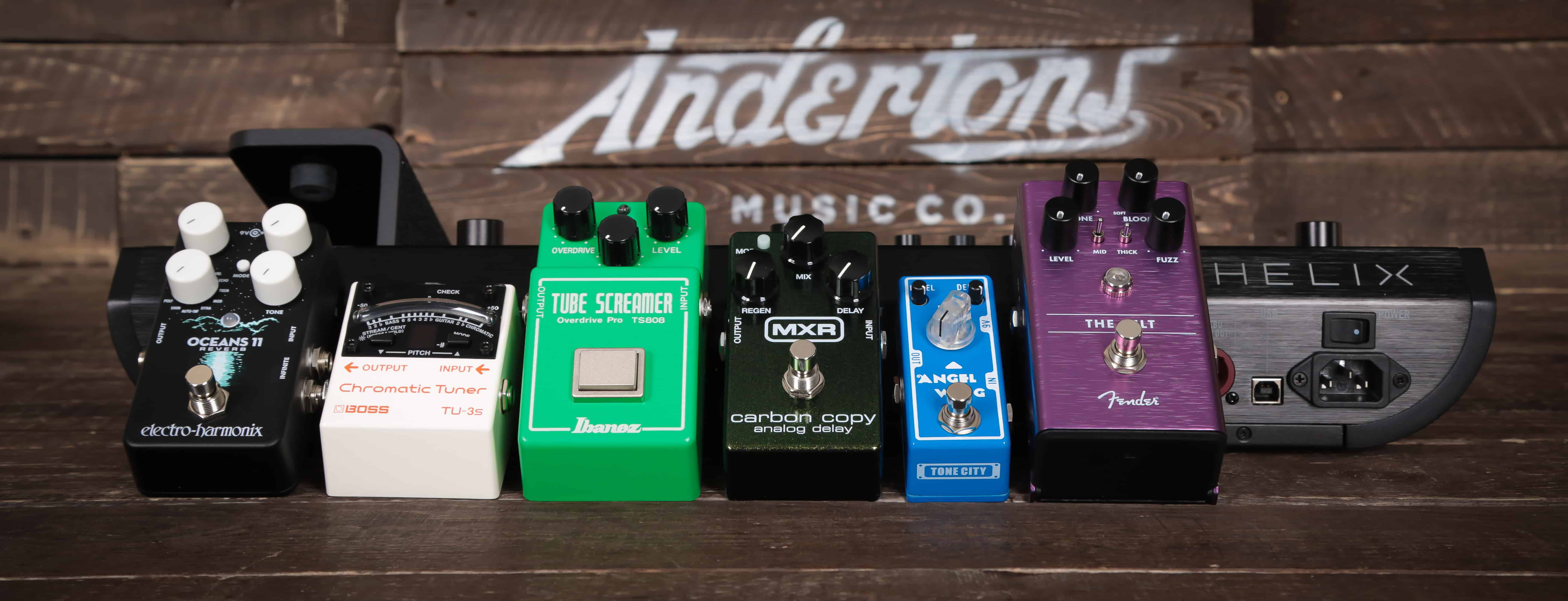
Conclusion
If you’re after an all-in-one solution, then multi-effects is the way to go. It’s also much easier to recall complicated presets and signal chains at the touch of a button. Perfect for session players or guitarists in cover bands that want to setup all the different sounds for their set. Or, if you’re still learning and want to experiment or even save a bit of money, go for a multi-fx unit.
However, if you’re after that ‘holy-grail’ tone that you want to become known for, you’re probably going to have to do it the hard way. There’s something incredibly satisfying about dialling in the tone in your head with your analogue pedals knowing that a multi-effects unit hasn’t got ‘your preset’. At least not yet.
Whilst a multi-effects unit might be incredibly versatile, it won’t give you better tone than an analogue, single stompbox chain would. The choice is yours. Personally, I like to use analogue gear with single stompboxes in the studio and a Kemper live – simply because it’s easier to load in and out!
If you liked this article then click here to read all of our Labs articles. If you want a guide to multi-effects pedals click here. Or if you want to read about individual effects click here for our all-encompassing guides.
Shop All Guitar Pedals!



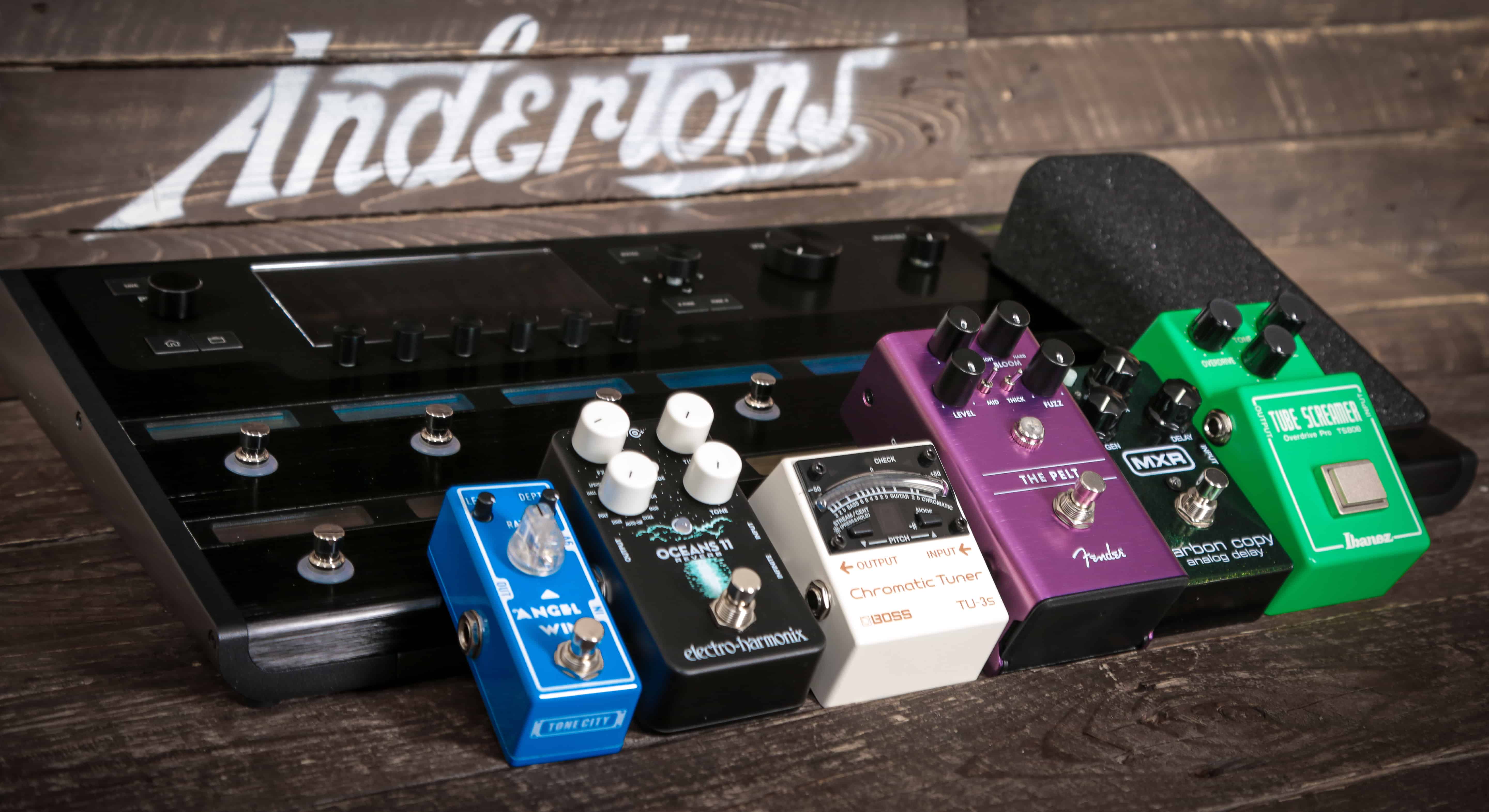

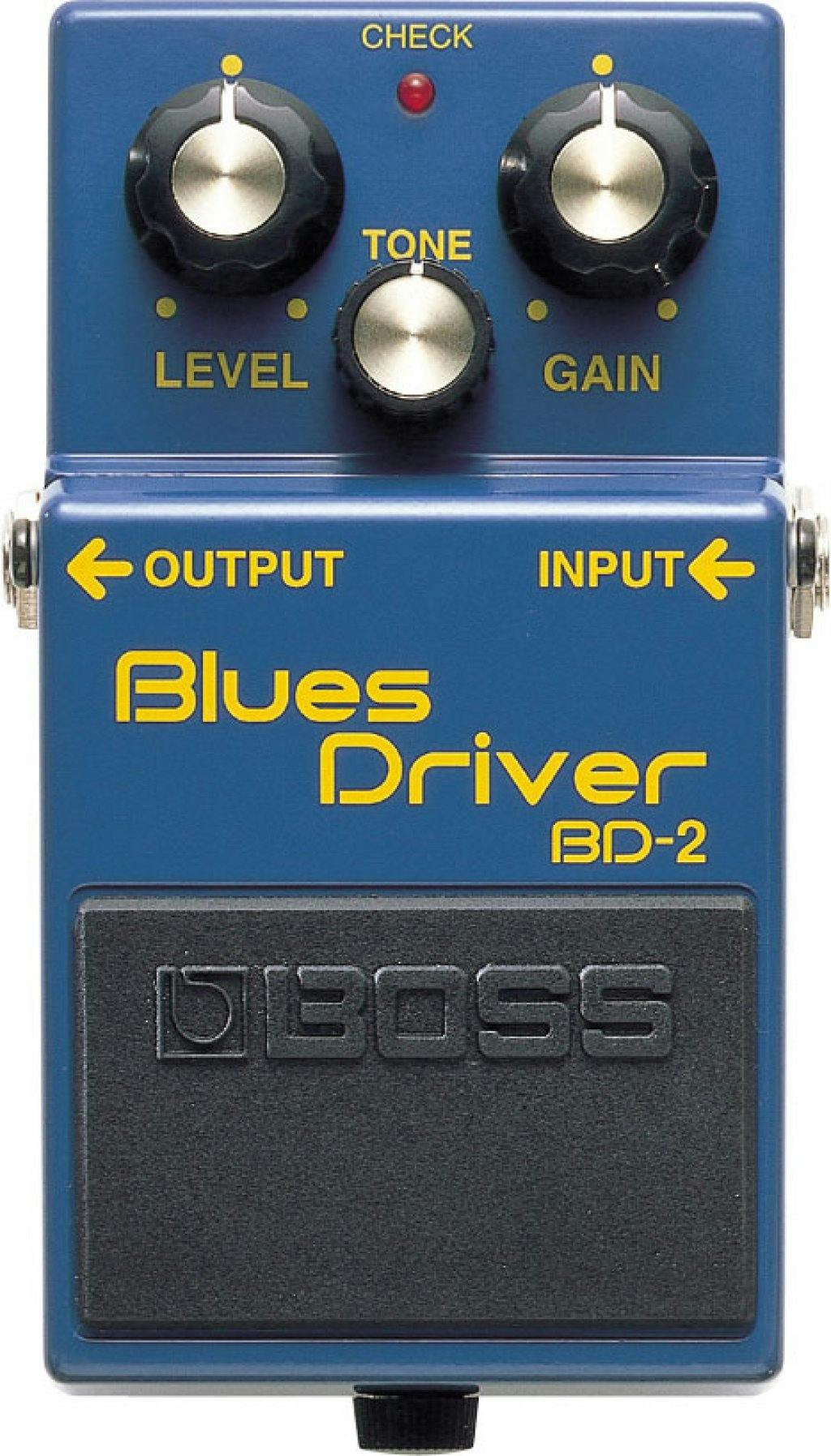

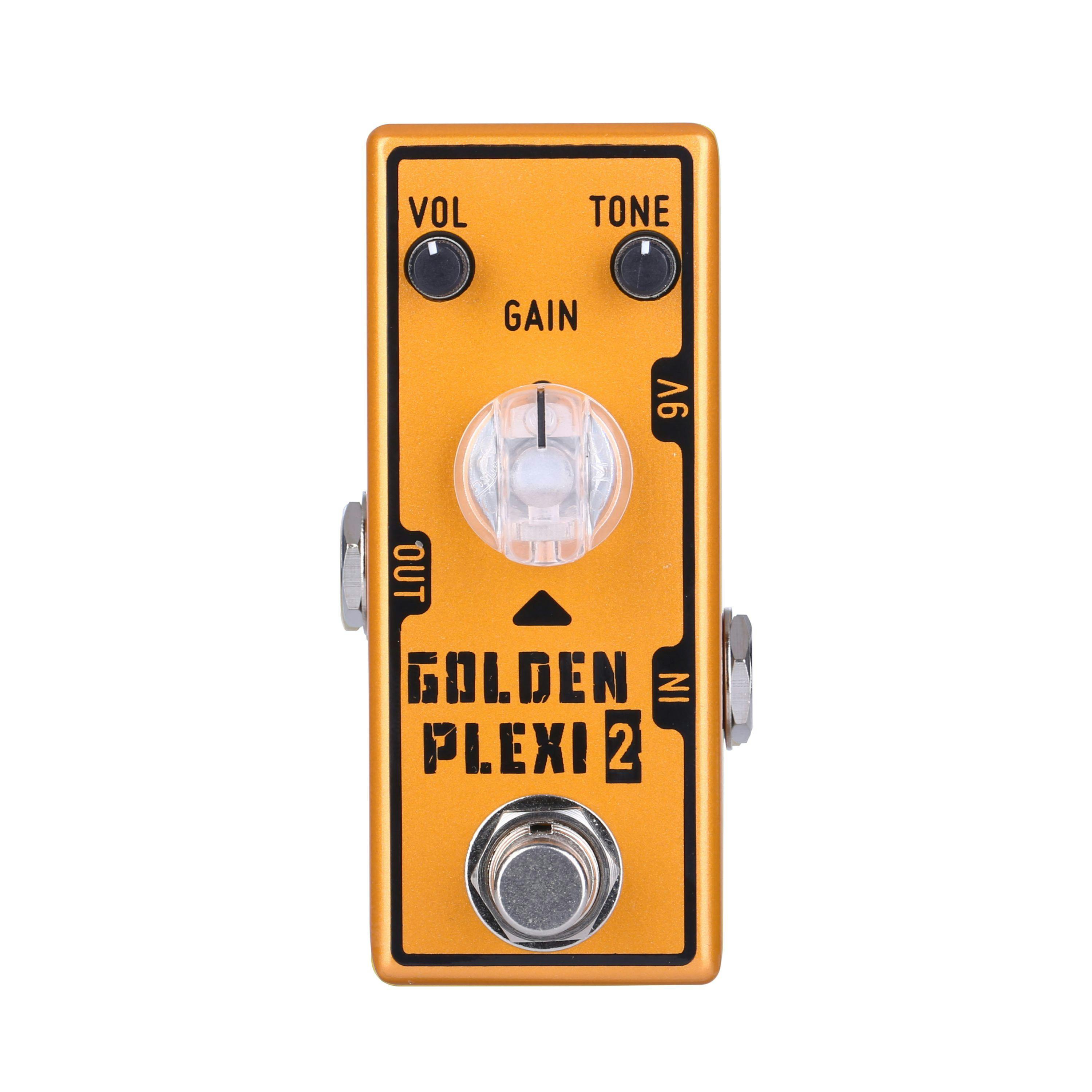



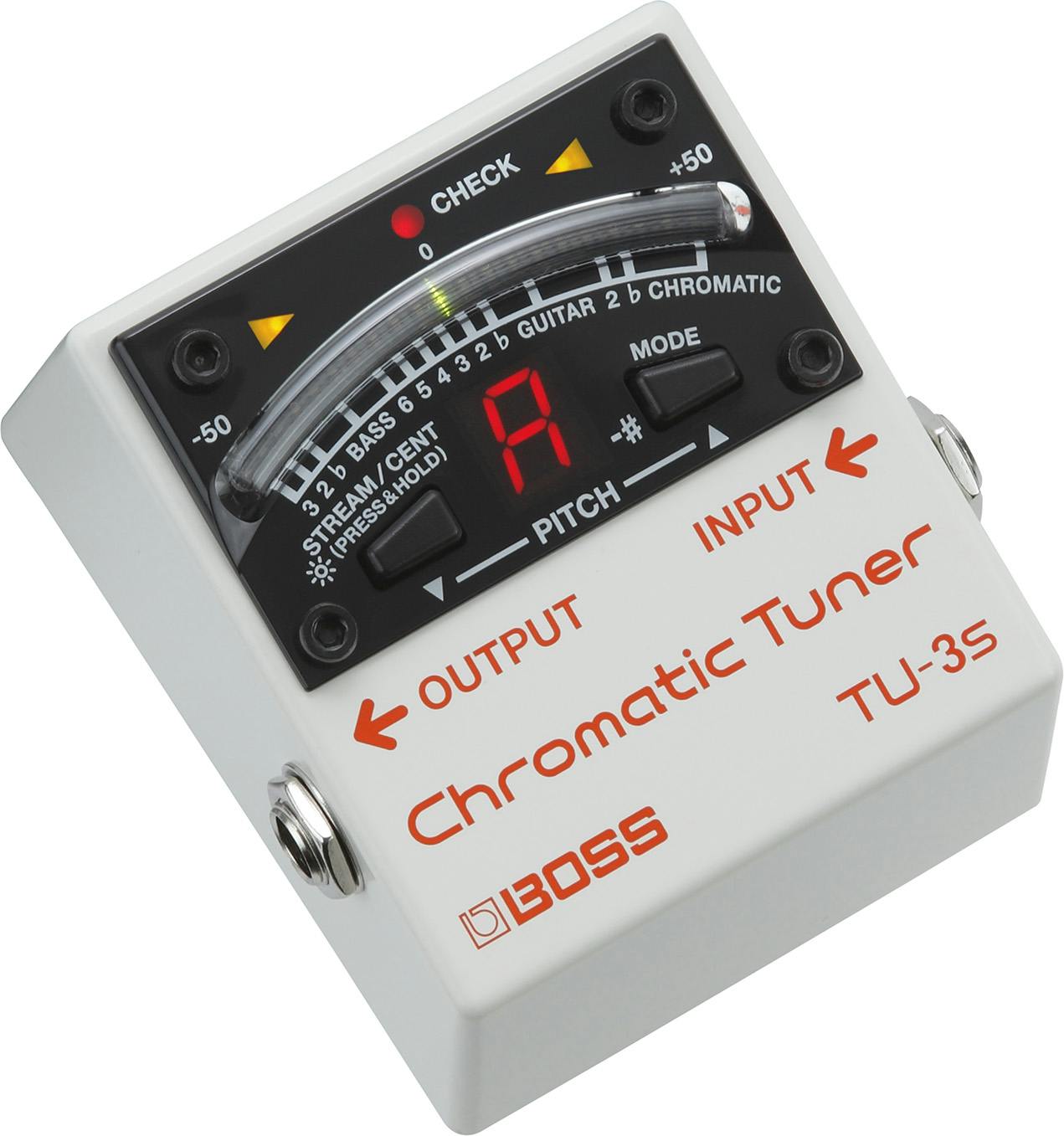

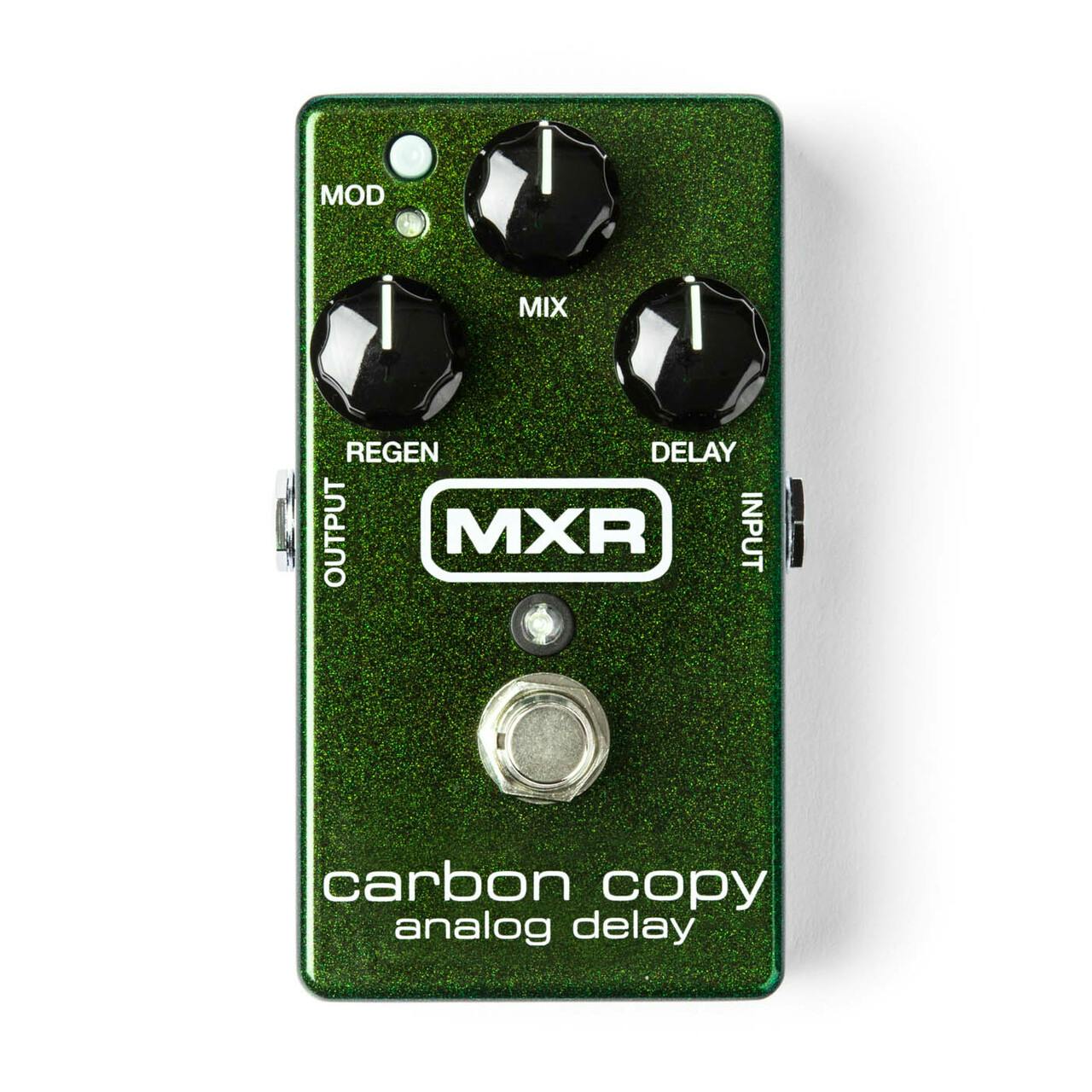
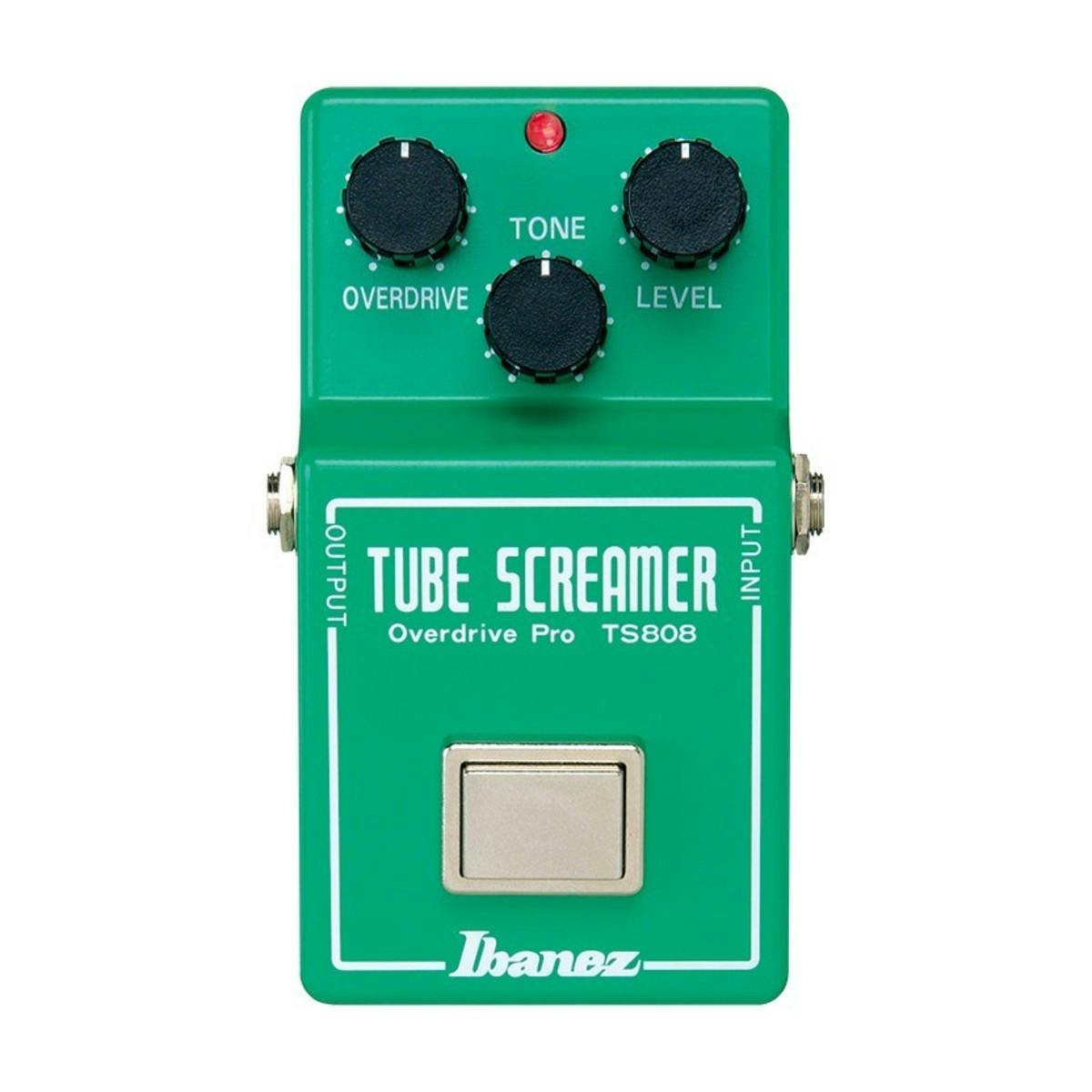
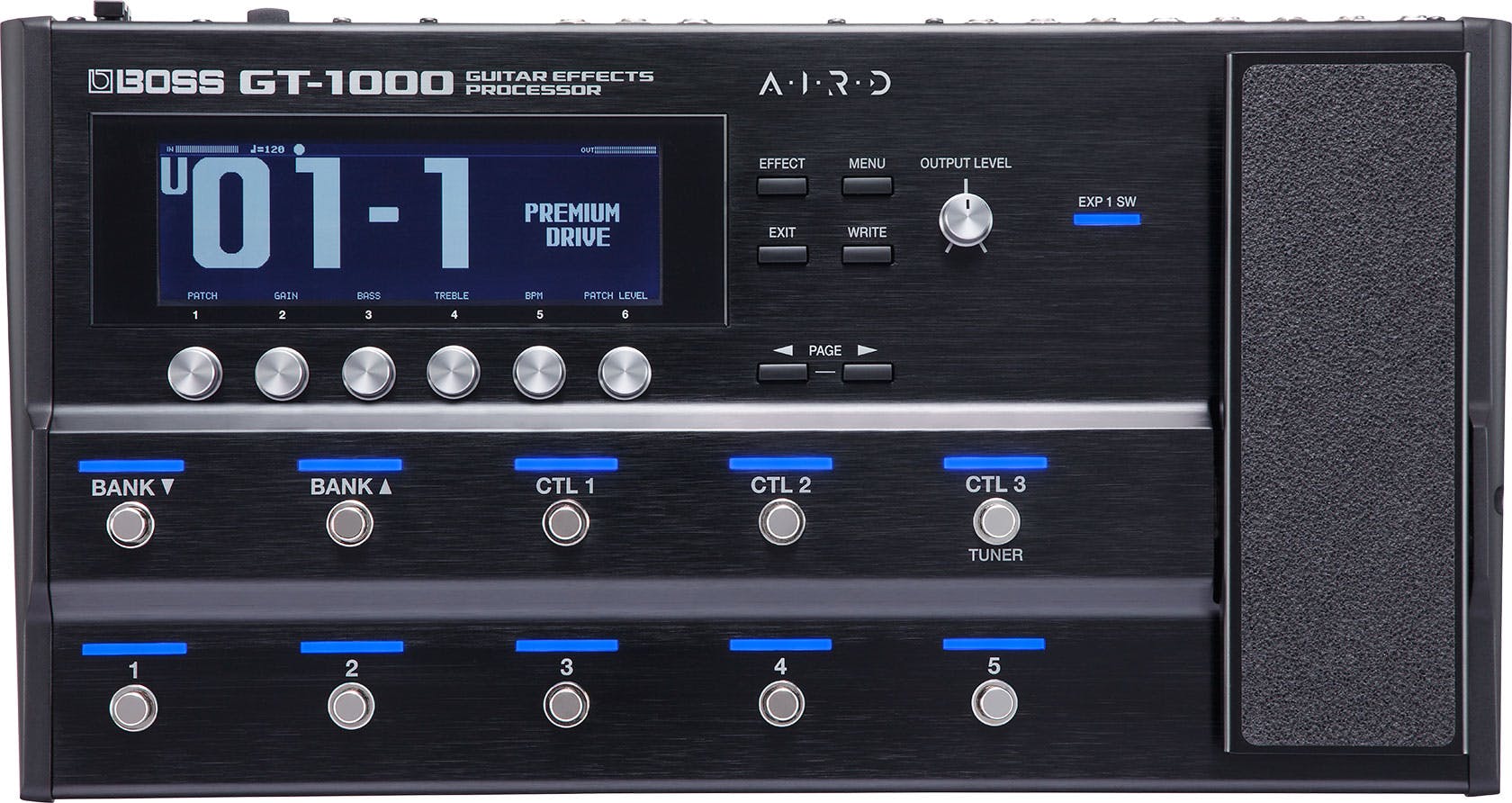
.png?w=400&h=400&&fit=fill&bg=FFFFFF)
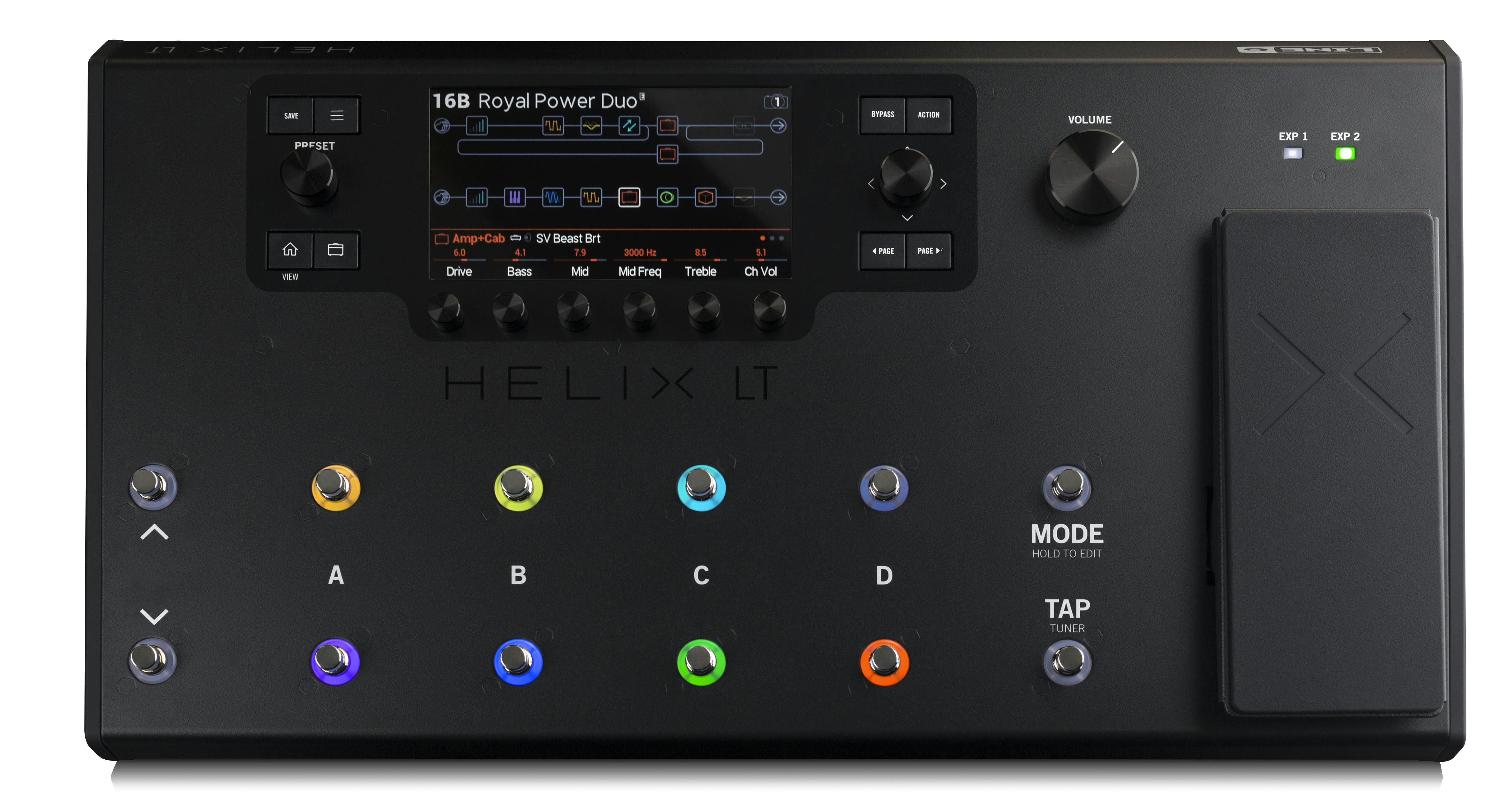

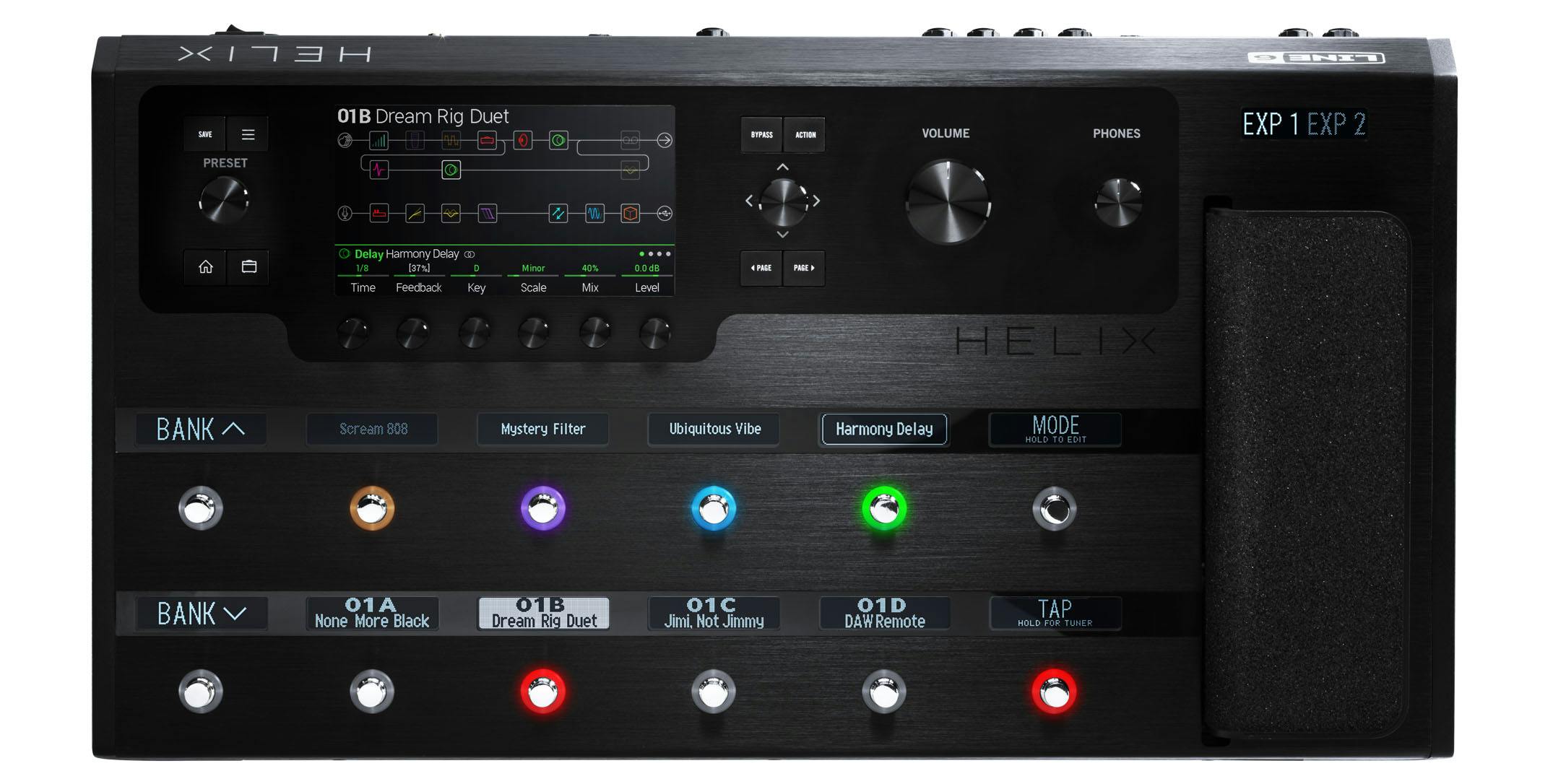
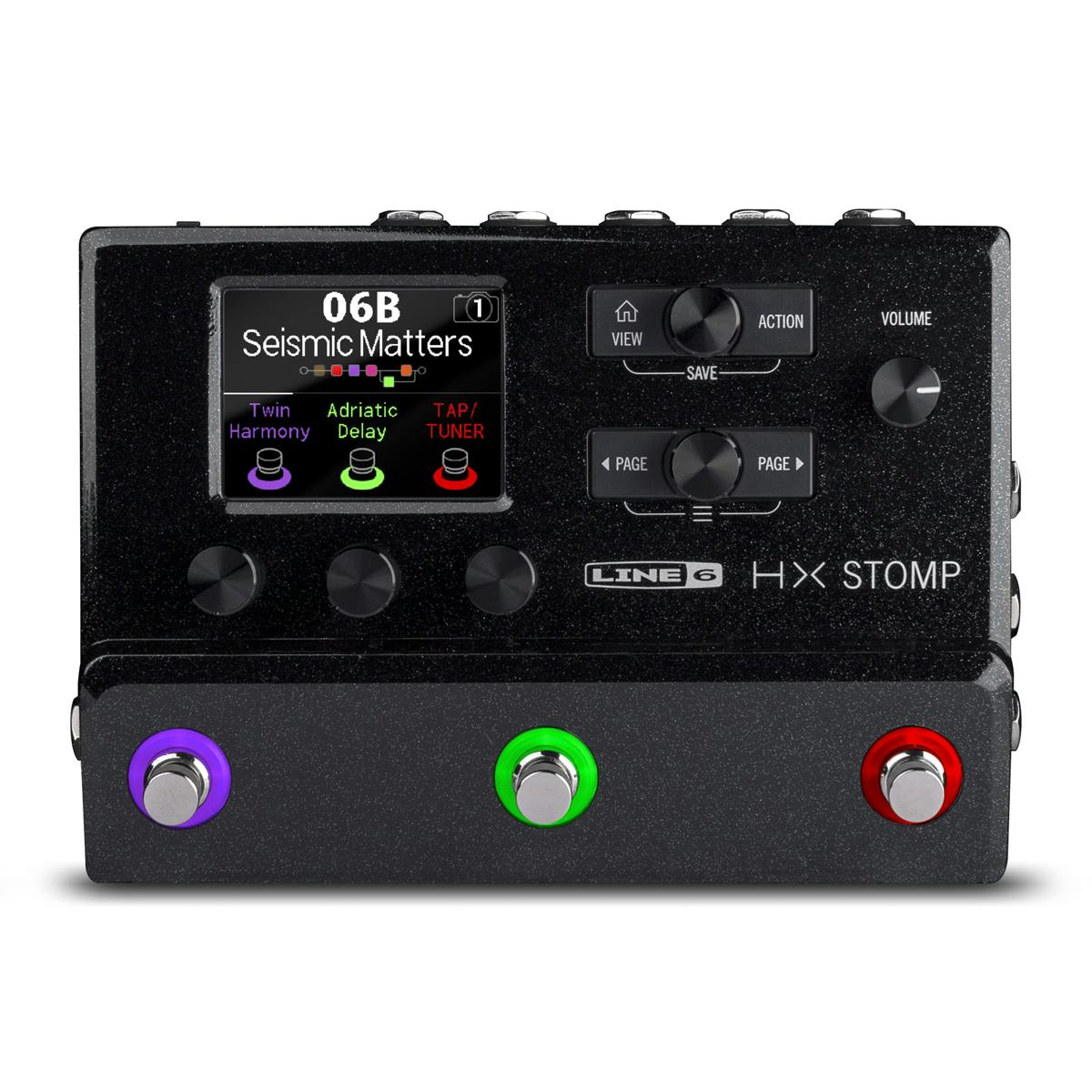
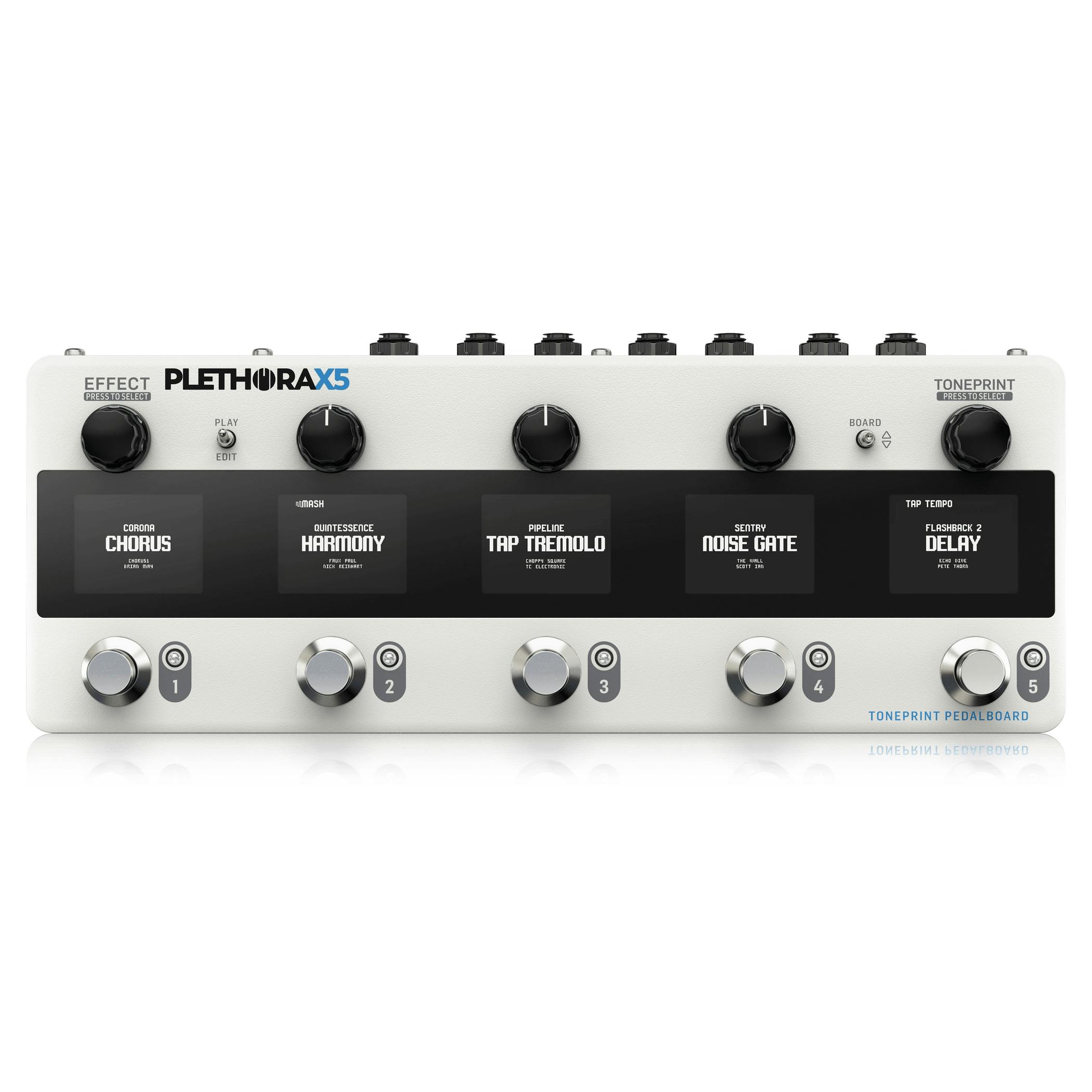
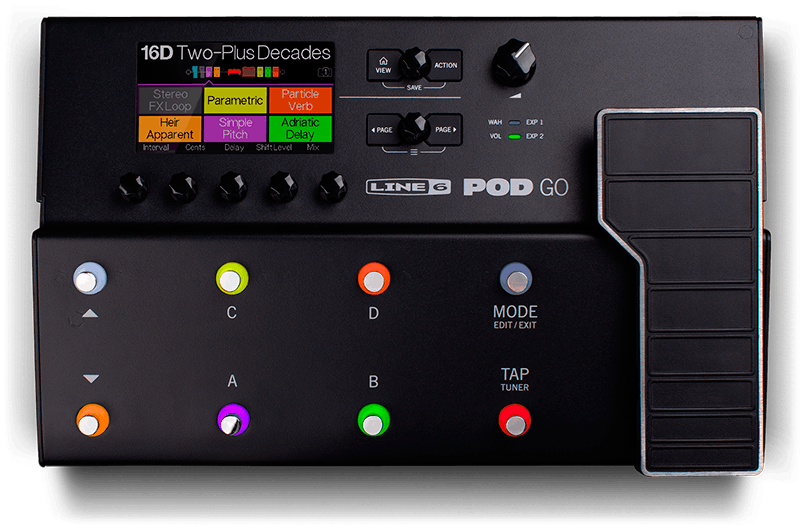


Responses & Questions